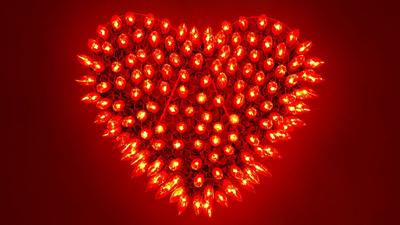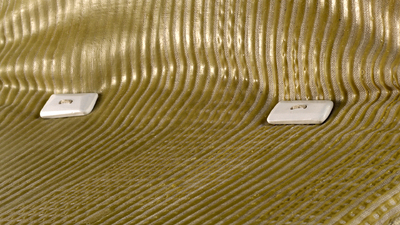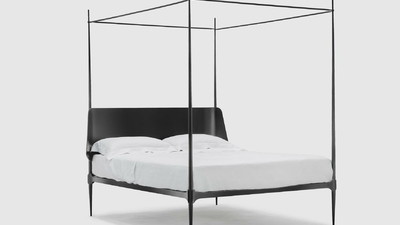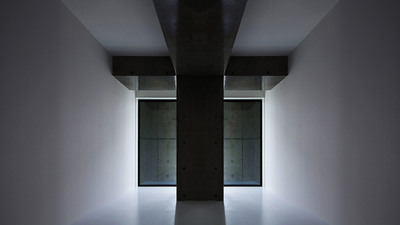NABA at Fuorisalone.it
What does studying design mean today?
Providing comprehensive and universal answers to this question without being superficial is not easy.
We could start by saying that the ultimate goal of studying design is to learn to “think”, acquiring a “method”, while striving to understand and address the complexities of our world. Perhaps “complexity” is the most interesting word when we talk about design, learning to manage it is a considerable challenge.
Through the study of design projects, we can try to open new worlds, contemplate articulated concepts and formulate scenarios for our future. Design also provides us with the ability to adapt to changes, prevent them and know how to deal with them in a positive manner.
“Social design” has acquired relevance today, since it is a humanistic design that is human-centred, focusing on our ambitions, fears and taboos, reconnecting them with society on a binary exchange.
We think that processes are more important than results, however results are equally necessary to test the strength of your own intuitions and measure them against the response from the outside.
For this reason, NABA presents a selection of the best Design projects developed by students within the Design Area curated by Claudio Larcher, Design Area Leader.
FABER
Faber is a manifesto of the link between craftsmanship and design, a simple set of tools (hammer and screwdriver) designed to deliver a story to homes, as well as a simple object. The student attributed the global meaning of “handmade” to the hammer in this project, just as the Global Tools collective did in the past. The shapes are a further simplification of the already elementary shapes of a classic hammer, just like the materials, only wood and steel.
FABER is a thesis project by the NABA student Luca Magistrali conceived under the guidance of Dante Donegani, NABA Design Advisor.
LILY MIX AND MATCH COLLECTION
Nida Cin and Gulcan Selcuk, NABA MA in Product Design students, have developed LILY, a bathroom design project that comprises a sink, tap and base. It is inspired by vintage tiles, patterns, colours and shapes. The Lily concept can be personalised in full. Sinks and bases come in different shades of colour and sizes, in two floor or wall options.
The project was realized under the guidance of the lecturer Terri Pecora.
SEI UNO
A form of “design for all” that aims at independence and consequently inclusion, because overcoming manual difficulties can also serve to shorten social distances. SEI UNO, a thesis project by the NABA BA in Design Andrea Cappelli, is a collection of four modular and customisable objects that help children with autism, or with manual disabilities, to improve fine manual skills, by learning to perform simple gestures of everyday life independently. The collection comprises 61 3D printed elements, which, duly assembled, form four modular objects: Babila, Cipo, Tilda and Lollo. Each product can be disassembled and assembled based on a child’s needs. They can choose their preferred size, shape, colour and material.
The project was developed under the guidance of Claudio Larcher, NABA Design Area Leader.
DOTS
DOTS originates from the idea to reinterpret the BS classic studded surface flooring, designed by Franco Albini and Franca Helg in 1962 for Milan's underground. A historical and iconic material, 100% made in Italy, with an extremely high graphic and design value, based on which a collection of furnishing accessories, comprising three small tables, three containers and a console, have been created. The rubber was gradually manipulated into the various accessories, proceeding by intermediate stages of use: starting with a surface, then free and finally flexed to create a series of volumes.
DOTS offers a different perspective on this material, enhancing and ennobling its pre-existing qualities through unprecedented chromatic and formal compositions, providing new avenues to explore.
DOTS is a thesis project by the NABA BA in Design students Chiara Torterolo and Luca Vernieri conceived under the guidance of Claudio Larcher.
Milan, Via C.Darwin, 20












































































